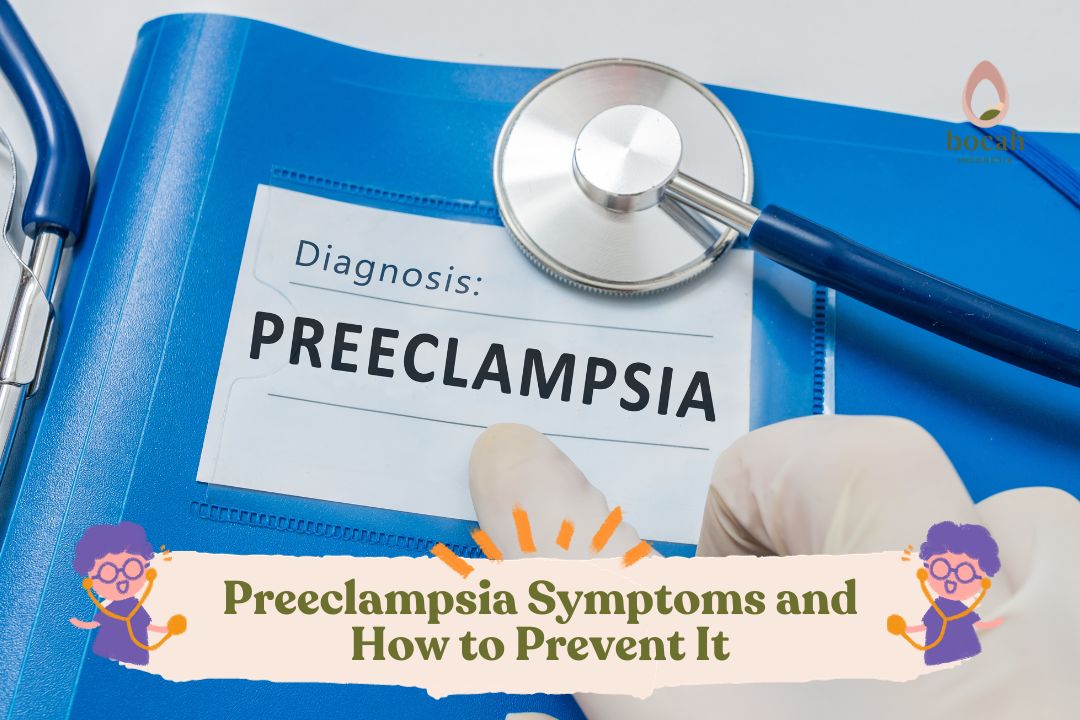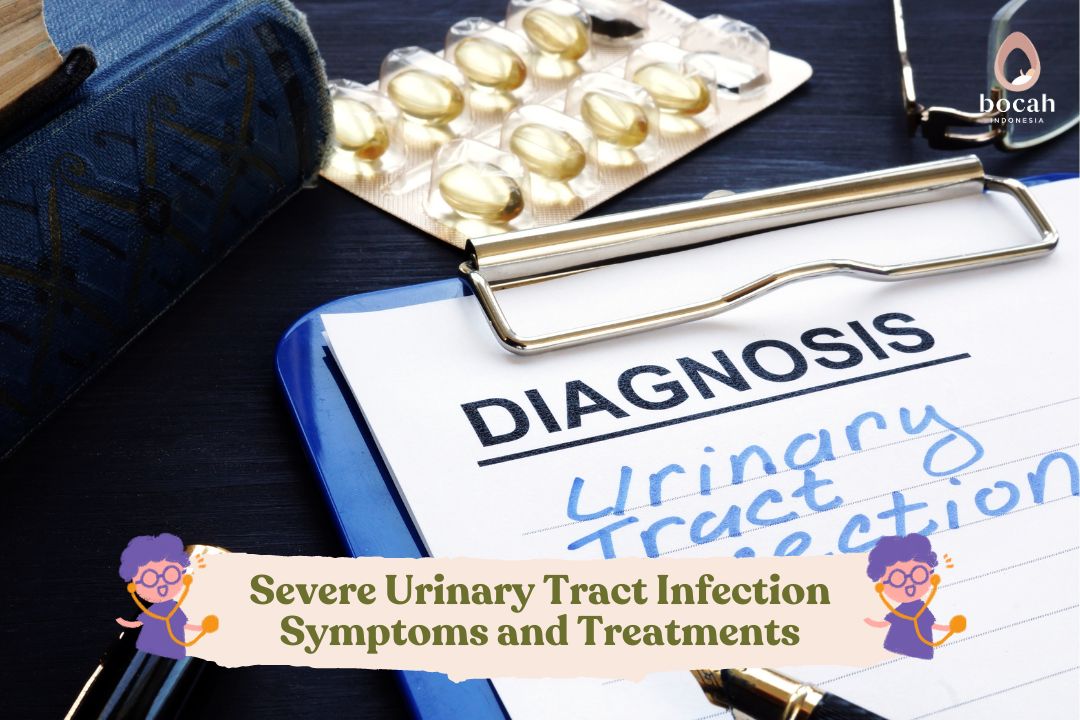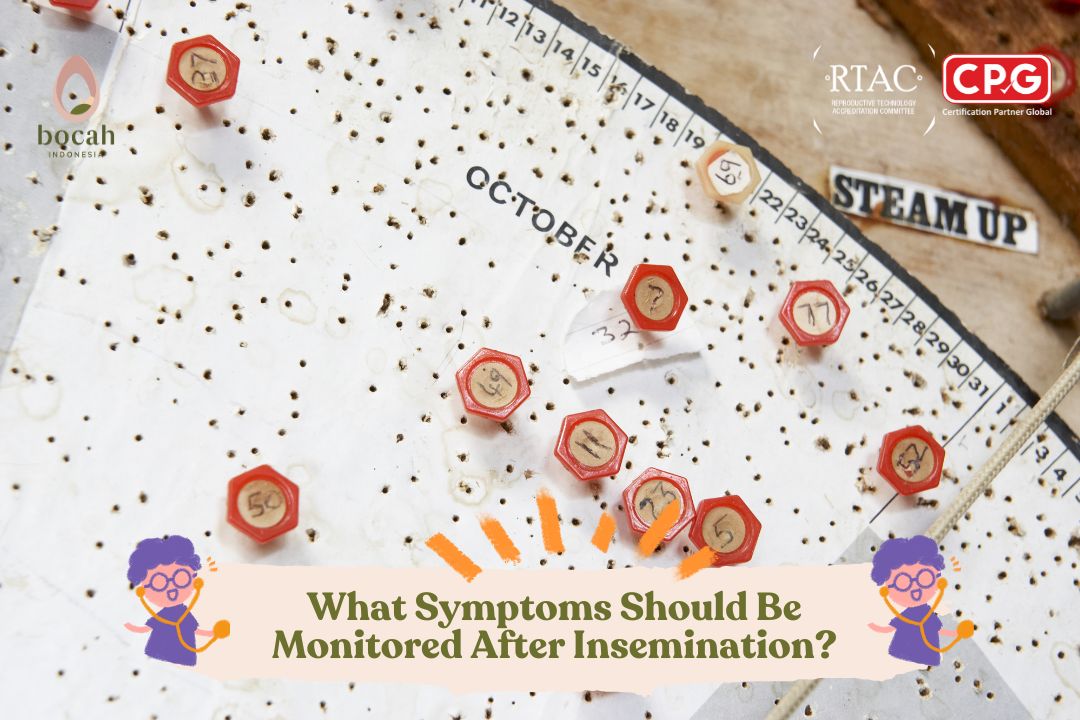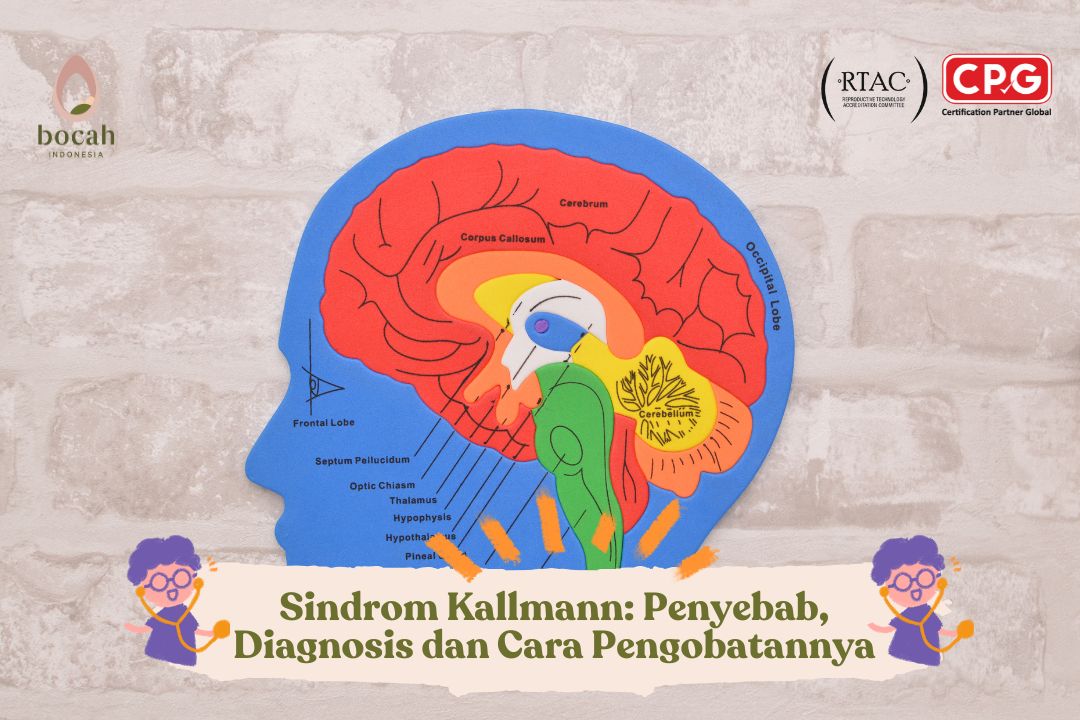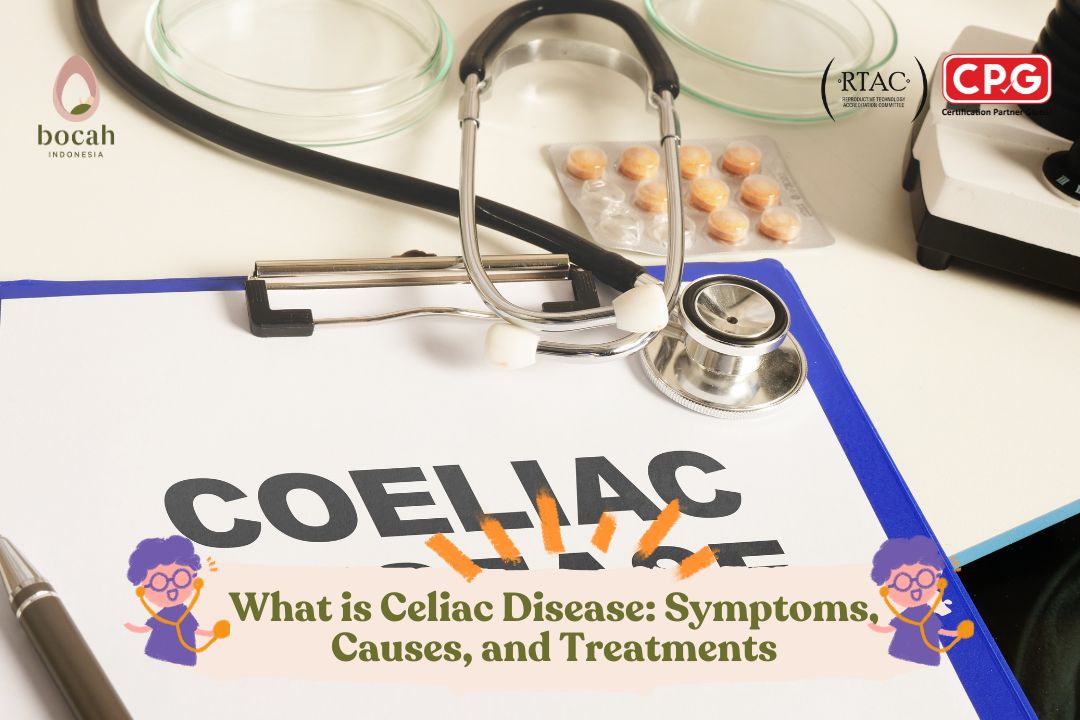Recognising the Symptoms of Endometriosis Experienced by Women
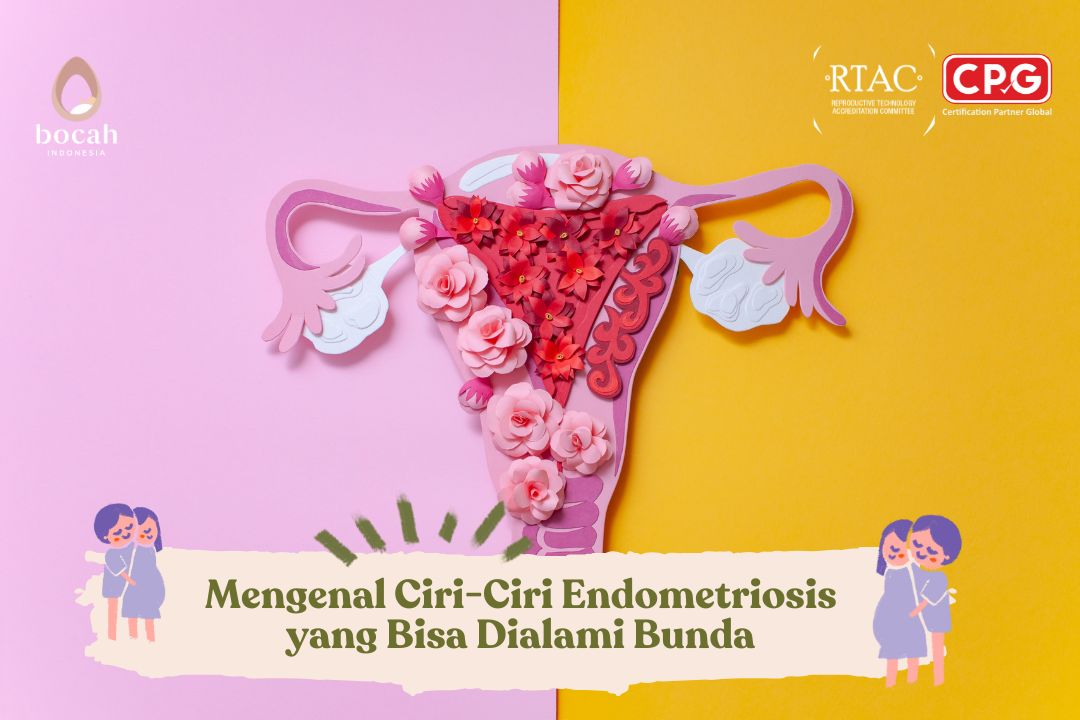
Endometriosis is a condition that can affect women and, if not treated properly, may lead to difficulty conceiving.
What is Endometriosis?
Endometriosis is a condition where tissue similar to the endometrium grows outside the uterine lining. The endometrium is the tissue that lines the inside of the uterus and thickens in preparation for a fertilised egg before menstruation. If fertilisation does not occur, the endometrium sheds and exits the body as menstrual blood.
In women with endometriosis, the endometrial-like tissue outside the uterus also thickens during the menstrual cycle but does not shed or exit the body. This can cause irritation and inflammation in the surrounding tissues.
What Are the Symptoms of Endometriosis?
One of the most common symptoms of endometriosis is severe menstrual pain or pelvic discomfort. To help you better understand this condition, here are other common signs and symptoms:
-
Severe menstrual cramps that interfere with daily activities
Tanya Mincah tentang Promil?
-
Pain during sexual intercourse
-
Bleeding outside of the menstrual cycle
-
Excessive menstrual bleeding
-
Bloody stools if endometrial tissue grows near the intestines or rectum
-
Diarrhoea
-
Constipation
-
Bloating and abdominal discomfort
-
Blood in the urine
What Causes Endometriosis?
The exact cause of endometriosis remains unknown, but several factors may contribute to its development, including:
-
Retrograde menstruation: menstrual blood flows backward into the pelvic cavity instead of exiting through the vagina
-
Immune system disorders
-
Previous surgeries, such as caesarean sections
-
Family history of endometriosis
-
Early onset of menstruation
-
Transformation of embryonic cells
How Is Endometriosis Diagnosed?
To confirm a diagnosis of endometriosis, doctors may perform several procedures, such as:
-
Physical examination: checking the pelvic area for signs of abnormalities
-
Ultrasound (USG): uses high-frequency sound waves to scan the uterus. A transvaginal ultrasound may provide clearer imaging
-
Laparoscopy: a minimally invasive procedure where a small camera is inserted through a 1 cm incision in the abdomen to view and assess endometrial tissue growth
Is Endometriosis Dangerous?
If left untreated, endometriosis can lead to serious complications such as infertility or even cancer. Therefore, it is important for women diagnosed with or showing symptoms of endometriosis to seek proper medical treatment.
How is Endometriosis Treated?
If diagnosed, doctors will proceed with medical treatments to manage endometriosis. Some treatment options include:
1. Medications
Pain relievers such as non-steroidal anti-inflammatory drugs (NSAIDs) like ibuprofen or diclofenac are commonly prescribed to manage pain caused by endometriosis.
2. Hormone Therapy
Hormone therapy helps slow the growth of endometrial tissue by limiting or halting estrogen production. However, it does not necessarily improve fertility or prevent complications such as adhesions. Types of hormone therapy include:
-
Hormonal contraceptives
-
Medications to reduce estrogen levels
-
Gonadotropin-releasing hormone (GnRH) agonists
-
Progesterone therapy
-
Danazol
3. Surgical Procedures
Surgery may be recommended if other treatments are ineffective. The goal is to remove endometrial tissue outside the uterus and potentially improve fertility. Procedures include:
-
Laparoscopy: a minimally invasive surgery using a camera-equipped tube to remove or destroy endometrial growths with laser or electric current
-
Laparotomy: used in more severe cases, involving a larger abdominal incision to access and remove affected tissues
-
Hysterectomy: removal of the uterus, cervix, or both ovaries. This may lead to early menopause and the inability to become pregnant
These are some key symptoms and treatment options for endometriosis. If you experience any of the signs mentioned above, consult a doctor promptly for a proper diagnosis and treatment plan.
Source:
- Parasar, P., et al. (2017). Endometriosis: Epidemiology, Diagnosis and Clinical Management. Curr Obstet Gynecol Rep. 2017 Mar;6(1):34-41.
- Peng, Y., et al. (2021). Anti-Inflammatory Effects of Curcumin in the Inflammatory Diseases: Status, Limitations and Countermeasures. Drug Design, Development and Therapy 2021:15 4503–4525.
- Vermeulen, N., et al. (2021). Endometriosis Classification, Staging and Reporting Systems: A Review on the Road to a Universally Accepted Endometriosis Classification. J Minim Invasive Gynecol. 2021 Nov;28(11):1822-1848.


